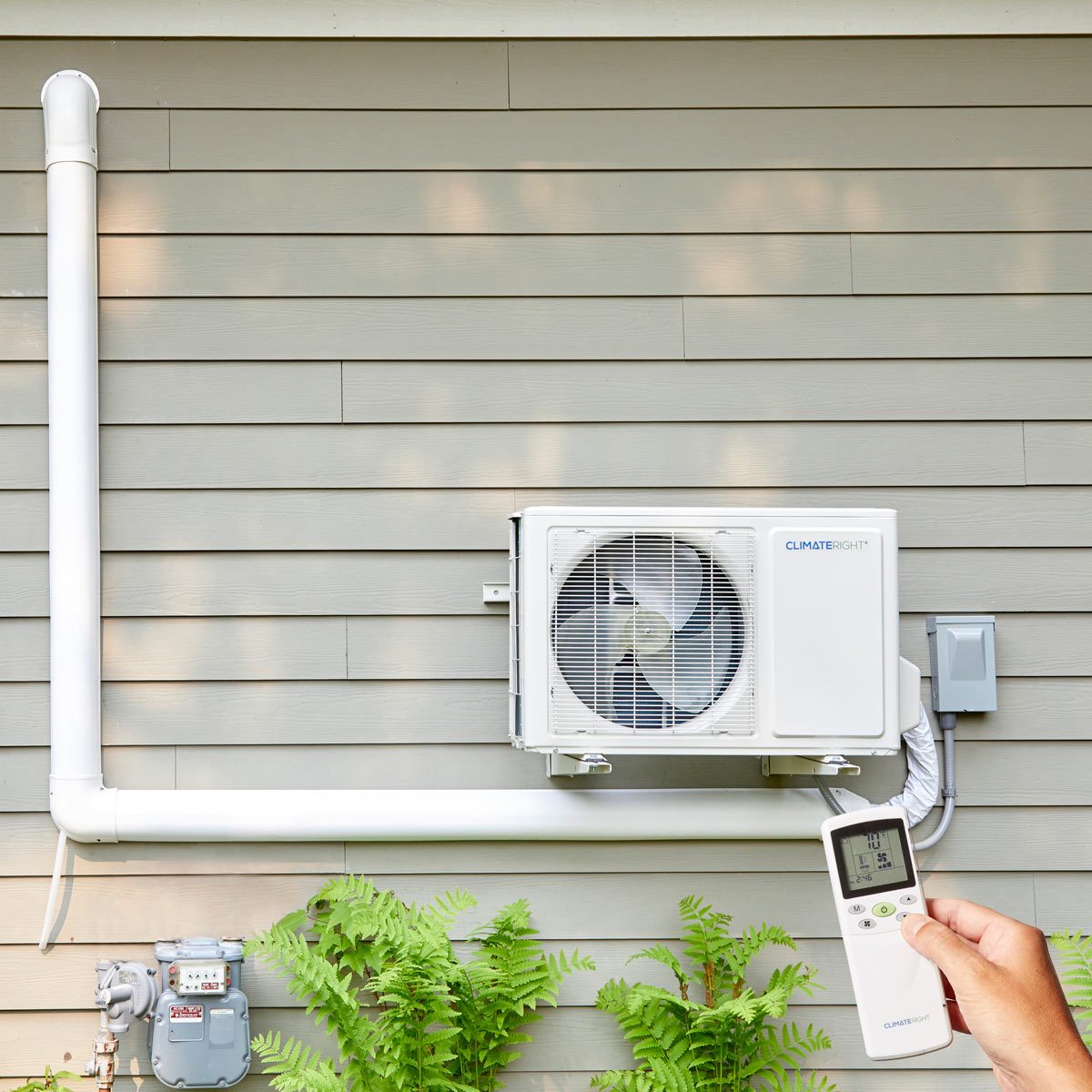When the temperatures soar in the summer or dip in the winter, having a reliable system for air conditioning and heating becomes essential for maintaining comfort in our homes and workplaces. Ensuring that your space remains at an optimal temperature can significantly impact both your health and your overall quality of life. This is where air conditioning and heating services come into play, providing the necessary expertise to keep your systems running efficiently.
Whether you need an installation, routine maintenance, or emergency repairs, understanding the landscape of air conditioning and heating services is crucial. With a range of options available, from energy-efficient units to advanced smart thermostats, it can be overwhelming to navigate what works best for your needs. In this guide, we will explore essential tips, best practices, and services available to empower you to make informed decisions about your heating and cooling systems.
Types of Air Conditioning Systems
Air conditioning systems come in various types, each designed to cater to different needs and preferences. Central air conditioning is one of the most common systems found in residential and commercial buildings. It consists of a large outdoor unit that cools air, which is then distributed throughout the space via ductwork. Central systems are known for their efficiency and ability to cool multiple rooms at once, making them a popular choice for larger homes.
Another prevalent option is the ductless mini-split system, which provides flexibility and convenience. These systems have an outdoor compressor unit and one or more indoor air handlers, allowing for targeted cooling in specific areas. Mini-splits are particularly beneficial in homes without existing ductwork and are known for their energy efficiency since they enable users to cool only the areas that are in use.
Window air conditioning units are a simpler alternative, often used for cooling single rooms. These units are installed directly into a window and are relatively easy to set up and remove. They are an economical choice for those who may not require whole-house cooling or live in smaller spaces. While they can be less efficient than central or ductless systems, their lower initial cost and ease of use make them a favored option for many households.
Heating Solutions for Every Home
When it comes to keeping your home warm during the colder months, there are a variety of heating solutions that cater to different needs and preferences. For traditionalists, a central heating system powered by a furnace or boiler is often the go-to choice, efficiently distributing heat through ducts or radiators. This option is ideal for larger homes and offers a consistent temperature throughout the space, ensuring warmth in every room.
For those looking for flexibility and targeted heating, electric space heaters can be a great alternative. These devices allow homeowners to heat specific areas of their home without the need for a full central system. They come in various styles, from portable models to wall-mounted units, and can be an energy-efficient choice for smaller spaces or during times when only certain rooms need warmth, such as bedrooms or home offices.
Another popular option is heat pumps, which provide both heating and cooling solutions. These systems extract heat from the outside air or ground and transfer it indoors, making them an energy-efficient choice for moderate climates. Heat pumps not only lower energy bills but also contribute to reducing carbon footprints, appealing to environmentally conscious homeowners looking to invest in sustainable heating solutions.
Maintenance Tips for Optimal Performance
Regular maintenance is crucial for ensuring that your air conditioning and heating systems operate efficiently. Start by changing or cleaning filters at least once a month, especially during peak usage seasons. Clogged filters restrict airflow, leading to reduced efficiency and increased energy costs. Keeping your filters clean will also improve indoor air quality, making your living space healthier and more comfortable.
Another important aspect of maintenance is scheduling annual professional inspections for both your air conditioning and heating units. Expert technicians can identify potential issues before they escalate, ensuring that your systems are running smoothly. During these inspections, technicians will check refrigerant levels, inspect ductwork for leaks, and ensure that all components are functioning properly, which can extend the lifespan of your systems.
Additionally, consider keeping the outdoor units clear of debris and vegetation. Leaves, dirt, and plants can obstruct airflow and hinder the performance of your air conditioner. Regularly clean the area around your outdoor unit and ensure that it has at least two feet of clearance on all sides. This simple practice can greatly enhance the efficiency of your systems and reduce the likelihood of costly repairs down the line.

